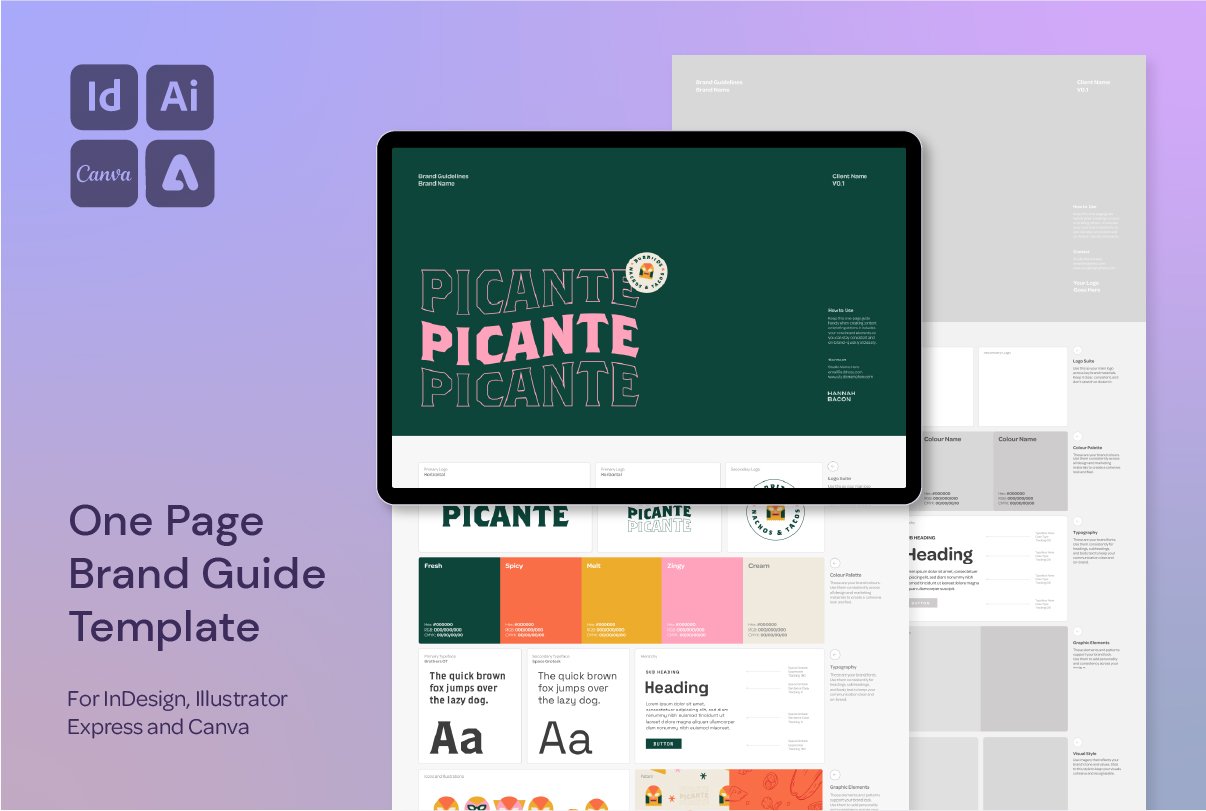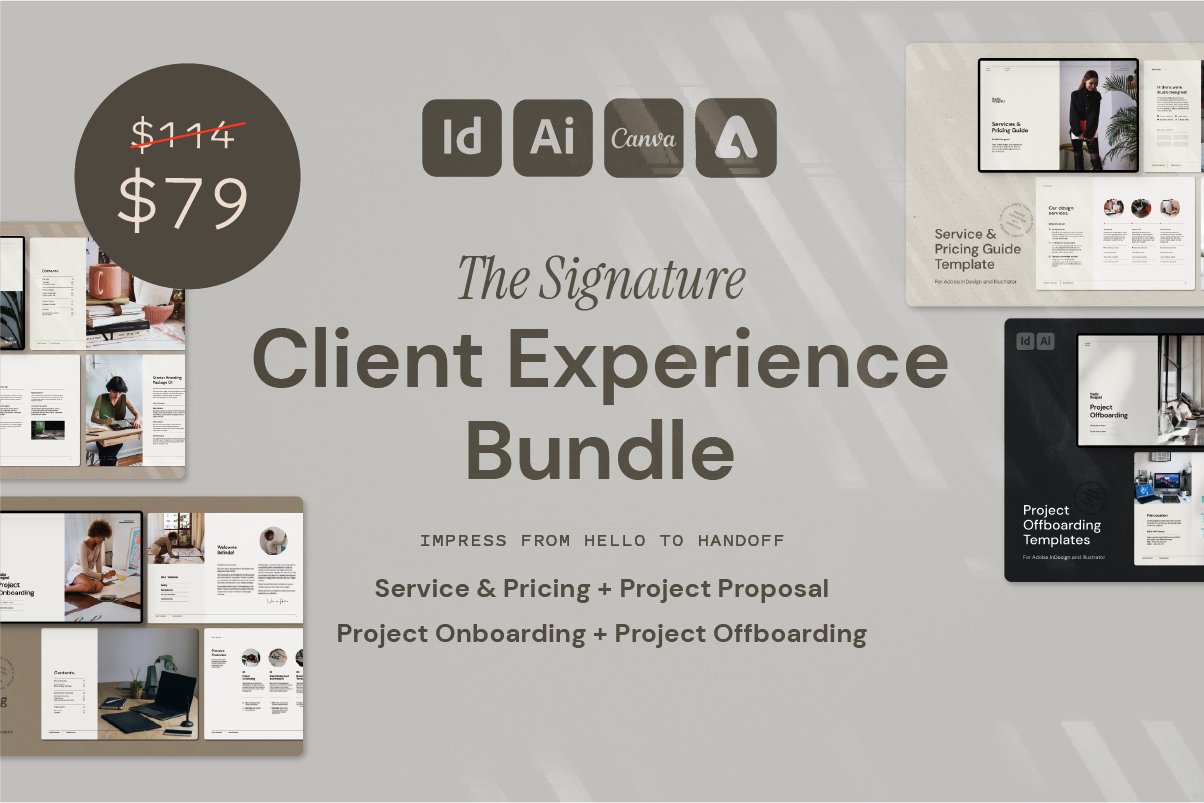2 Easy Ways to Create Warped Backgrounds in Adobe Illustrator
How to Make Warped Backgrounds in Illustrator Using Envelope Distort
If you’re looking to add some movement or retro flair to your design work, warped backgrounds are an easy and effective way to do it. Whether you're creating bold poster designs, packaging concepts, or social content, these backgrounds are eye-catching, adaptable, and quick to create.
In this tutorial, I’ll walk you through two easy methods to create warped vector backgrounds using Adobe Illustrator’s built-in Envelope Distort tools. Both are non-destructive and easy to edit, giving you total control over the final look.
Why Use Warped Backgrounds?
Warped or distorted grids are perfect for:
Retro-inspired graphics
Album art
Trendy brand visuals
Experimental layouts
Adding motion to static images
They add texture and flow to otherwise flat compositions—and they’re a great way to experiment without diving into Photoshop or 3D tools.
You can check out this video (and lots more!) over on my Instagram Page @hannah.bacon.design
Method 1: Warp with Preset Effects
Create a Grid Background
• Select your background shape
• Go to Object → Path → Split Into Grid
• Adjust settings to make the sections as square as possibleApply Alternating Colours
• Select every second block or row and change the colour for a checkerboard effectApply a Warp Preset
• With your grid selected, go to Object → Envelope Distort → Make with Warp
• Choose from presets like Fish, Flag, Wave, etc.
• Adjust sliders to fine-tune the warpClipping Mask (Optional)
• To crop the background, draw a rectangle over it
• Select both, right-click, and choose Make Clipping Mask
Method 2: Warp with Mesh
This method gives you more flexibility and custom control:
Follow the same steps to build your grid and apply alternating colours
With the entire background selected, go to Object → Envelope Distort → Make with Mesh
Choose the number of rows and columns you want for your mesh
Use the Direct Selection Tool (White Arrow) to pull and shift anchor points until you get a unique warped effect
This is ideal if you want a more organic distortion or want to shape your background to fit a specific layout.
Bonus Tip
You can combine both methods—use a warp preset first, then tweak individual mesh points afterward for a totally custom effect.
Got Your Own Warp Trick?
These are just two quick ways to create warped effects in Illustrator, but there are plenty of other approaches (like using blend modes, object blends, or 3D tools). If you’ve got a go-to method, feel free to share it!
Want More Time-Saving Tools and Freebies?
This process is just one of the techniques I share across my design templates and digital assets, made especially for designers who want professional results—without starting from scratch every time.



